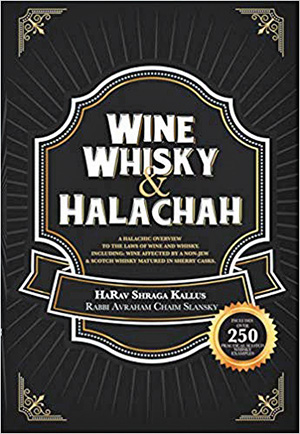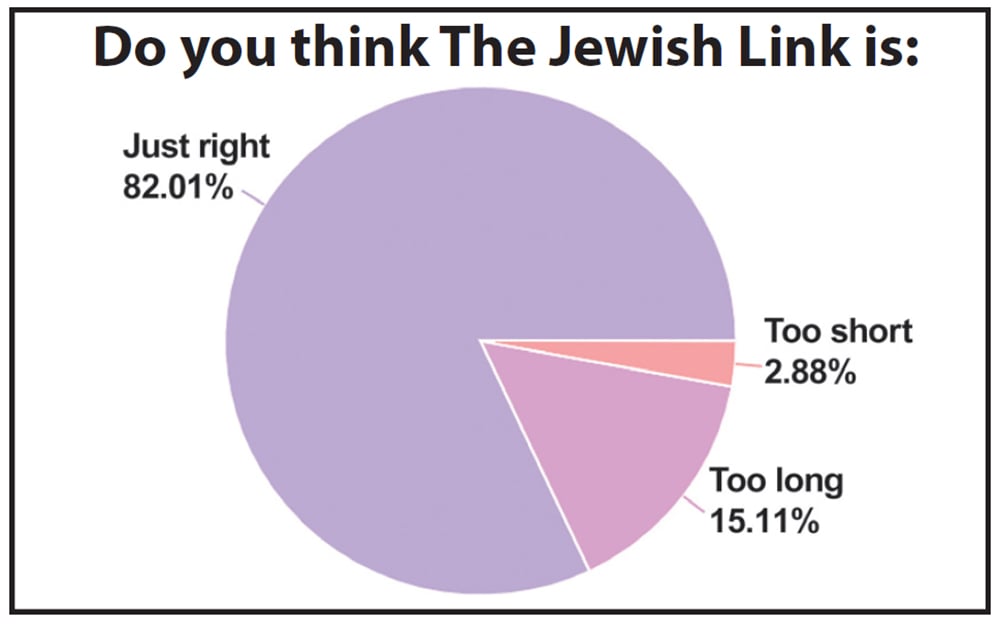
Reviewing: “Wine, Whisky, and Halachah: A Halachic Overview to the Laws of Wine and Whisky, Including Scotch Whisky Matured in Sherry Casks,” Hardcover, by HaRav Shraga Kallus and Rav Avraham Chaim Slansky, Feldheim, second edition, 2018, 172 pages. $19.99.
The “Second Seder Kollel,” run by HaRav Shraga Kallus, is comprised of over 100 serious kollel members from all over the world who came to Israel for the sole purpose of learning Torah and growing spiritually. A talmid of Rav Kallus, Rabbi Avraham Chaim “Avi” Slansky, has written a comprehensive book about the halachot of wine and whisky based on the shiurim given by his rav in Second Seder Kollel.
Wine is present at many Jewish lifecycle events, including weddings and brissim. They are also enjoyed at myriad Jewish smachot (quite literally, an engagement party is called a “l’chaim”), and for some families, wine and whisky bottles are ubiquitous around the Shabbat and Yom Tov table. To keep our beverage selections and imbibing in line with halacha (to make a kiddush Hashem, ideally), it is certainly advisable to understand the halacha and pay close attention to the laws of keeping and using kosher wine, opened and not yet opened.
The extensive and complicated laws of yayin nesech (wine affected by a non-Jew) are defined and explained in the book. The authors expound on the challenges presented by the original sources and explain practical rulings in real-life cases. The book contains definitions and explanations of every part of the wine-production process and its subsequent storage, selling, opening and pouring.
Particularly interesting are the practical issues involving what to do regarding the serving of wine in restaurants, with non-mevushal wine unknowingly or accidentally poured by a non-Jewish waiter, or a cleaning lady who moves an unsealed bottle of wine from one place to another. A fascinating real-life issue is what to do if a glass of non-mevushal wine is poured by a non-Jewish caterer, for a chatan and kallah to drink under the chuppah. (The answer might surprise you!)
The book also expounds on the true nature of mevushal (boiled) wines—what it means and what it does not mean for Jews drinking them and for non-Jews handling them—and it is eye-opening in terms of the practical information about mevushal wines that can be gleaned and then applied in one’s own home or business.
Whisky, also, which many Jewish families use to toast at special occasions or for leisurely sipping on Shabbat or Yom Tov, also presents specific halachic considerations that are not necessarily simple or noticeable. Often, people hold that any Scotch whisky at all is kosher without a certification, and while this is by and large true, there are some situations where further study is warranted. The book expounds on a wide range of stringencies and leniencies about Scotch, so those interested in further study will likely find themselves fascinated by at least some of this portion’s contents.
Finally, the book includes the first-of-its-kind separate section detailing the potential issues of Scotch whisky matured in sherry casks, explaining the background of sherry casking in whisky production and storage, and the rich history of Scotch-making, going back hundreds of years. Practically, the book includes a comprehensive listing of 250 Scotch whiskies and their accompanying halachic rulings, with pictures of the bottle labels for easy reference. This section alone is worth the cost of the book for any Scotch drinker looking for an easy reference book about the kashrut of all whiskies in the marketplace.










